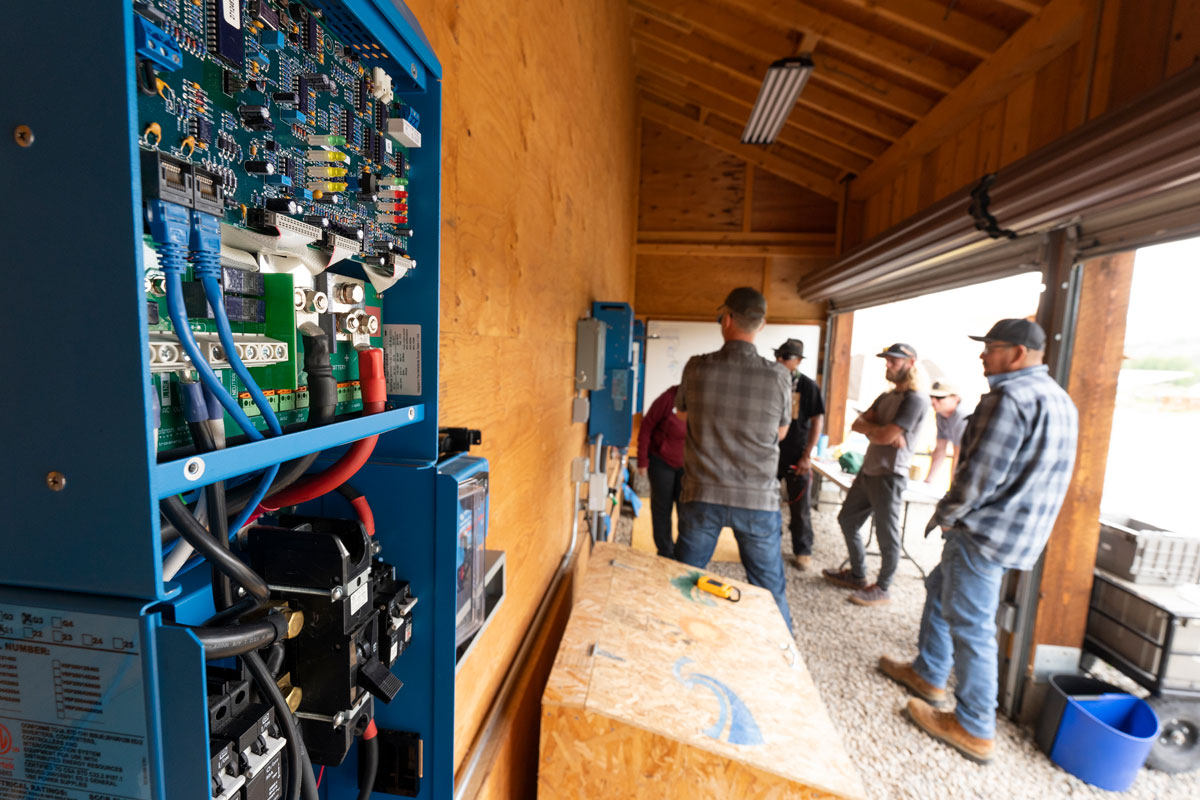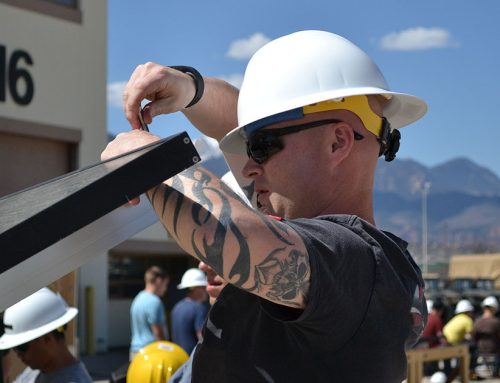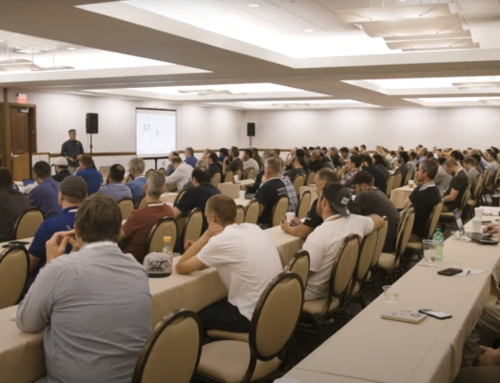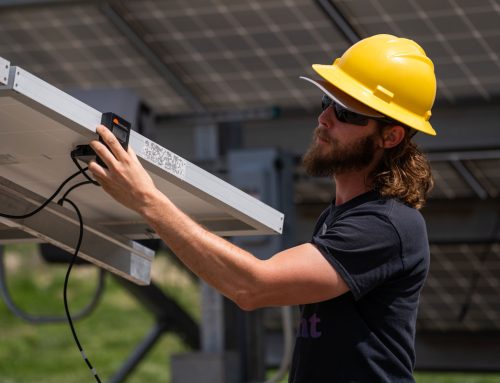Discover the inner workings of power inversion and how inverters play a crucial role in converting DC to AC power.
The Basics of Power Inversion
Power inversion is the process of converting direct current (DC) power into alternating current (AC) power. This is necessary because most electronic devices and appliances in our homes and businesses run on AC power. In almost all solar PV systems, inverters are used to convert the DC power generated by the solar panels into AC power that can be used to power everyday items or fed back into the grid.
Inverters work by using electronic circuits to switch the direction of the current, creating an alternating flow of electricity. They also adjust the voltage and frequency of the AC power to match the requirements of connected devices, which is important because different devices may require different voltage levels and frequencies to operate correctly.
Power inversion is a crucial aspect in solar energy systems as it allows us to harness the power of the sun and use it to energize our homes and businesses. Without inverters, the DC power generated by solar panels would be unusable for most applications.
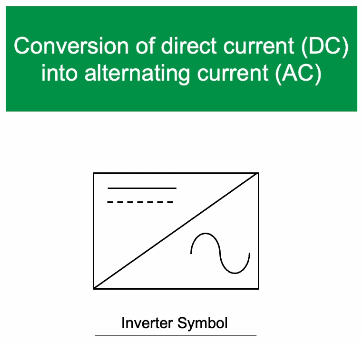
Inverter Functionality
Inverters have several important functions that enable them to convert DC power to AC power efficiently.
Waveform Generation
One key function is waveform generation. Inverters can produce different waveforms such as sine wave, square wave, or modified sine wave. Sine wave inverters are the most common as they produce a smooth and clean waveform similar to the power supplied by utility companies. Square wave and modified sine wave inverters are cheaper but may not be suitable for sensitive electronics.
Voltage Regulation
Another important purpose inverters serve is regulating voltage. Inverters can regulate the output voltage to ensure that it remains within a specific range, regardless of the variations in input voltage or load. This is essential for protecting connected devices from voltage fluctuations and ensuring their proper operation.
Protection Features
Inverters also have built-in protection features such as overload protection, short-circuit protection, and over-temperature protection. These safety mechanisms help to prevent damage to the inverter and connected devices in case of any electrical faults or abnormal conditions.
Grid Synchronization
Additionally, some inverters have advanced features like grid-tie capability, which allows them to synchronize with the utility grid and feed excess power back into the grid. This feature enables solar system owners to earn credits for the excess electricity they produce and reduce their reliance on the grid.
Types of Inverters
There are several types of inverters available for different applications. The most common types include string inverters, microinverters, and central inverters.
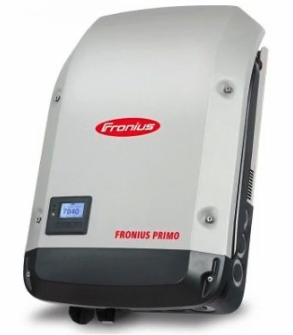
String Inverters
String inverters are a popular type of inverter commonly used in residential and small commercial solar installations. They are connected to multiple solar panels in series, forming a string, and convert the DC power generated by the entire string into AC power.
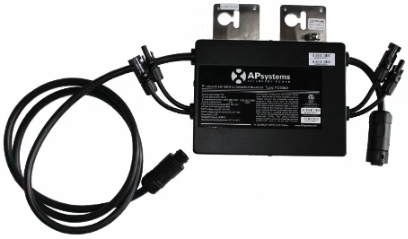
Microinverters
Microinverters, on the other hand, are installed on each individual solar panel in a system. They convert the DC power generated by each panel into AC power independently. Microinverters offer advantages such as panel-level monitoring, improved efficiency, and increased system flexibility.

Central inverters
Also known as large or utility-scale inverters, central inverters are used in large-scale solar installations. These inverters are capable of converting the DC power generated by hundreds or even thousands of solar panels into AC power. Central inverters are often more efficient and cost-effective for larger installations.
Each type of inverter has its own advantages and considerations, and the choice depends on factors such as system size, budget, performance requirements, and installation constraints.
Inverter Integration in Battery-Based Solar Systems
In battery-based solar systems, inverters play a crucial role in managing the flow of power between the solar panels, batteries, and loads. They ensure that the batteries are charged efficiently from the solar panels and supply power to the loads when needed.
When the solar panels generate excess power that is not immediately consumed by the loads, the inverter redirects it to charge the batteries. This stored energy can then be used during periods of low solar generation or high energy demand. The inverter also controls the charging and discharging of the batteries to maximize their lifespan and performance.
During times when the solar panels are not generating enough power to meet the demand, the inverter can draw power from the batteries to supplement the shortfall. This ensures a continuous and reliable power supply to the loads, even when the sun is not shining.
The integration of inverters in battery-based solar systems requires careful configuration and sizing to ensure optimal performance and compatibility between the various components. It is important to consider factors such as the capacity of the batteries, the maximum power output of the solar panels, and the power requirements of the connected loads.
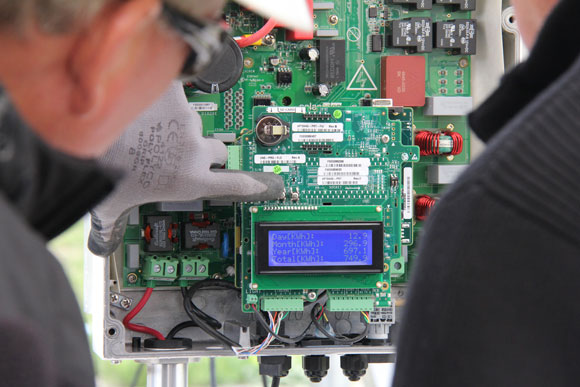
Choosing the Right Inverter
Choosing the right inverter for a solar system involves several factors.
Inverter Use
One of the key considerations is how the inverter will be used and its relationship to the other components in the system. What are we looking to accomplish and how will it all work together?
Power Rating
The next key factor to consider is the power rating of the inverter. It should be matched with the maximum power output of the solar panels to ensure efficient operation.
Inverter Efficiency
Another important factor is the inverter’s efficiency. Higher efficiency inverters can convert a greater percentage of the DC power into usable AC power, resulting in higher overall system efficiency. This can translate into greater energy savings and a shorter payback period.
Inverter Waveform
The type of inverter waveform is also crucial, especially if you have sensitive electronics or appliances. Sine wave inverters are recommended for powering sensitive devices as they provide a clean and stable power supply.
Cost
Cost and budget constraints should certainly be taken into account. While it may be tempting to opt for a cheaper inverter, it is important to strike a balance between cost and quality to ensure a reliable and long-lasting solar system.
Additional Considerations
Lastly, it is important to consider the inverter’s warranty, reliability, and compatibility with other system components. Some inverters may come with extended warranties and advanced monitoring features that can provide valuable insights into the system’s performance.

